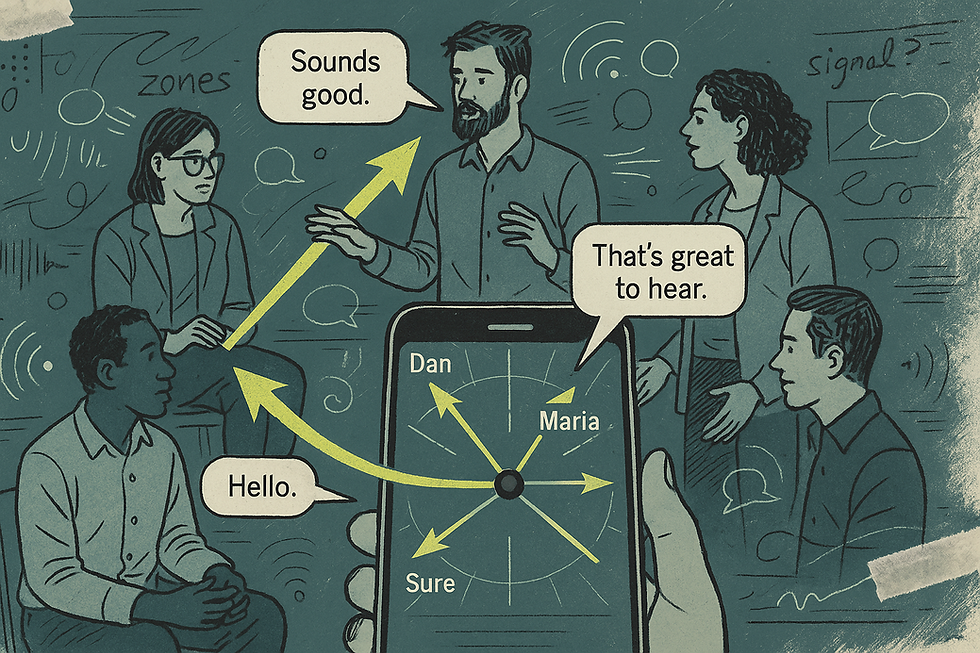Why Your A/B Tests are Lying to You
- Emily Neuhoff
- Jul 19
- 2 min read
Welcome to The Behavioral Marketer, a series for organizations and designers who are tired of guesswork — and ready to build with real data, psychological insight, and measurable design impact.
This isn’t another optimization blog. We fuse cognitive psychology, experimentation frameworks, and human-centered data science to help you build smarter, not just prettier.
A/B testing is the go-to method for digital decision-making. You change a button, run an experiment, and call it a win when version B gets more clicks. But here’s the thing: most A/B tests aren’t actually telling you the truth.
Let’s unpack why — and how to fix it.
1. Your test is probably underpowered
The lie: “Version B is better because it won by 5%!”
The truth: Without enough traffic (aka statistical power), that “win” might just be noise. Small samples inflate false positives and obscure real effects.
💡 Fix it: Tie experiments to behavioral outcomes, not vanity metrics. Use composite metrics like “click + dwell” or “task completion.

2. You're measuring the wrong outcomes.
The lie: “Our test worked because the click-through rate went up.”
The truth: Clicks aren’t the behavior you actually care about. Did users stay? Buy? Reach the goal?
💡 Fix it: Tie experiments to behavioral outcomes, not vanity metrics. Use composite metrics like “click + dwell” or “task completion.”

3. You're missing the 'Why'.
The lie: “We learned what works.”
The truth: A/B tests only tell you what happened, not why. You can’t optimize behavior if you don’t understand the psychology behind it.
💡Fix it: Pair split tests with qualitative feedback or behavioral tagging. Insight lives at the intersection of numbers and narrative.

From Split Tests to Real Signals
To turn A/B testing into a true behavioral science method, start thinking like a researcher:
Design for statistical validity
Measure real outcomes
Analyze with behavioral logic
Iterate based on insight, not just outcome
Because good design doesn’t just look better — it behaves better.
Want to Build Better Tests?
If you’re running tests that don’t feel insightful, CMCD can help.
We build experimentation frameworks that actually measure what matters — combining behavioral signals, decision science, and UX clarity to turn your designs into data-backed engines for growth.
Design Smarter. Test Better. Build with behavior.
_edited.png)




Comments